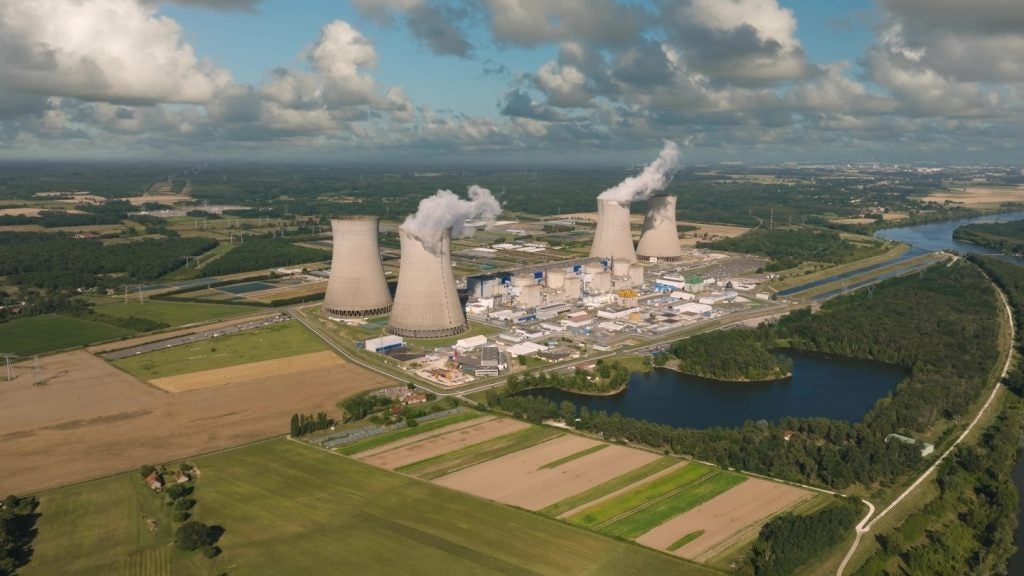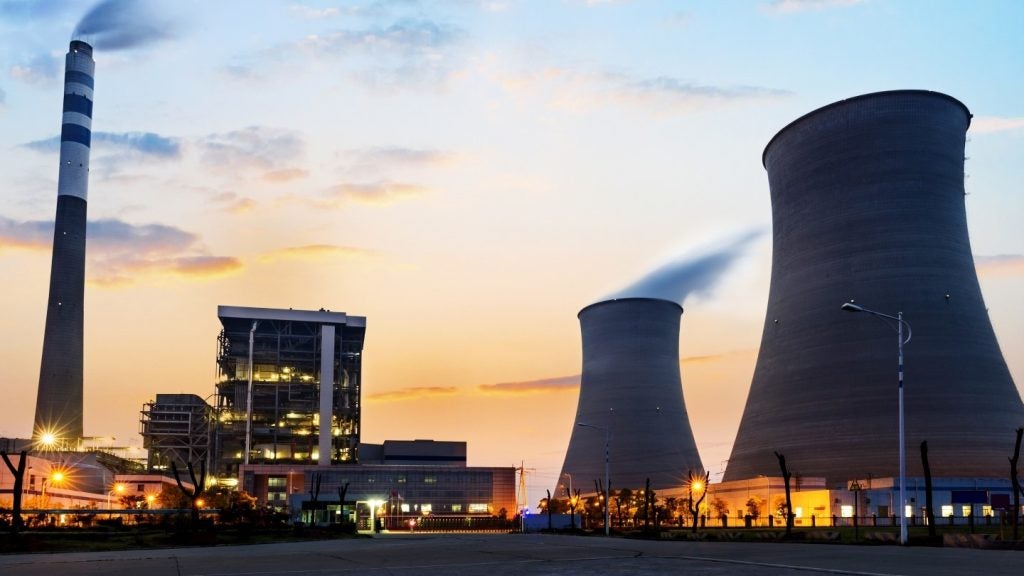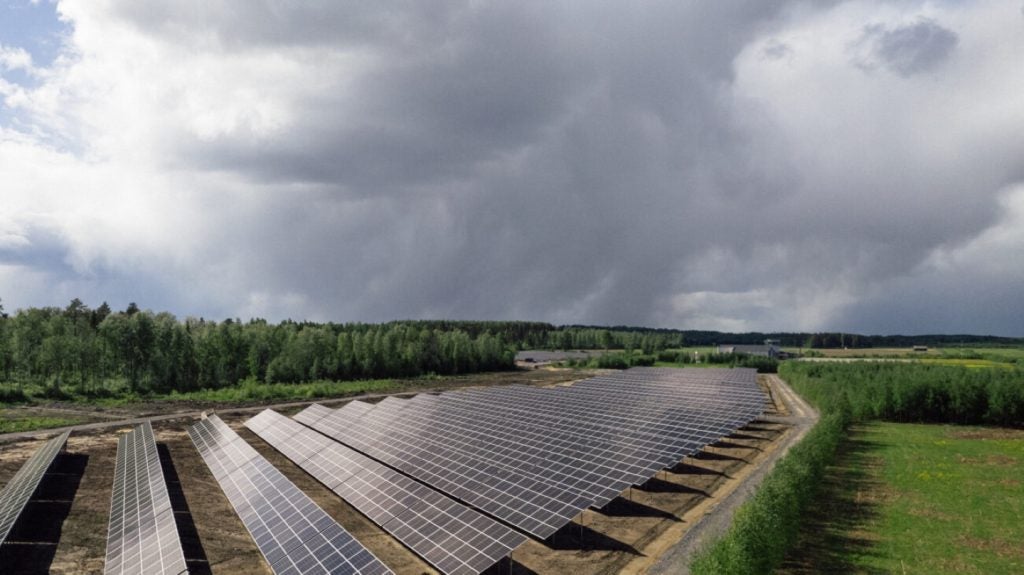Kumul PV station Phase I is a 20MW solar PV power project. It is located in Xinjiang Uyghur Autonomous Region, China. According to GlobalData, who tracks and profiles over 170,000 power plants worldwide, the project is currently active. It has been developed in a single phase. Post completion of construction, the project got commissioned in December 2011. Buy the profile here.
Description
The project was developed by China Power Investment and is currently owned by State Power Investment with a stake of 100%.
Kumul PV station Phase I is a ground-mounted solar project.
The project generates 30,000MWh electricity and supplies enough clean energy to power 1,800 households.
Development status
The project got commissioned in December 2011.
Contractors involved
State Power Investment is the O&M contractor for the solar PV power project.
For more details on Kumul PV station Phase I, buy the profile here.
About China Power Investment
China Power Investment Corp owns and operates power generation plants and offers hydro-power, thermal power, nuclear power and new energy generation services. The company is headquartered in Beijing, China.
Premium Insights
From

The gold standard of business intelligence.
Blending expert knowledge with cutting-edge technology, GlobalData’s unrivalled proprietary data will enable you to decode what’s happening in your market. You can make better informed decisions and gain a future-proof advantage over your competitors.






